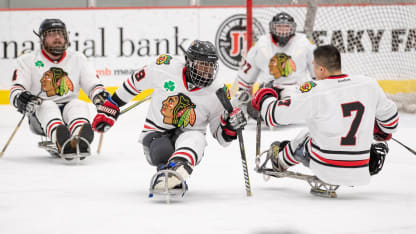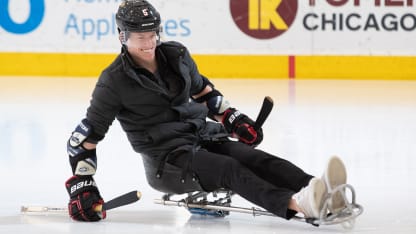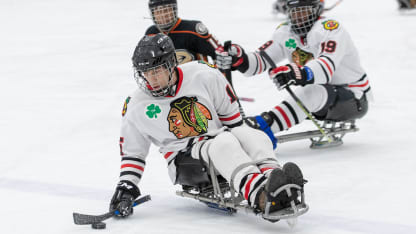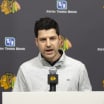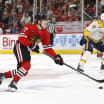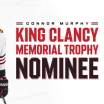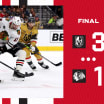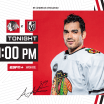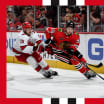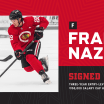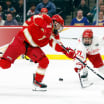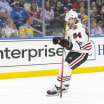Last Friday, Blackhawks defenseman Connor Murphy, a seven-time National Team player, visited the MB Ice Arena to watch the Tier 1 and Tier IV Blackhawks sled teams play. Murphy even tried sled hockey himself for the first time along with Roybal. Murphy said he was amazed at the strength of the sled hockey players.
Josh Pauls, 26, a member of the St. Louis Blues sled hockey team, best described the essence of the adapted sport.
"Sled hockey, just as a general sport, is kind of a combination of hockey, bumper cars and Nordic skiing all roped into one," he said. "When we get into the Xs and 0s of it, there's really not a whole lot of difference. It's a lot more of a north-south game. It's a lot more slow just because the sleds don't have the same maneuverability as people on skates do. Or at least the elite people on skates do. So it tends to be a lot more straight-ahead and less re-grouping than you might see in the NHL."
Physical limitations necessitate more creativity on the part of sled hockey players. Paul was born without tibia bones and had both legs amputated when he was 10 months old.
"For us in sled hockey, our arms are our arms and our legs," Pauls said. "We have to use them to move and then we also have to use them to handle the puck. Being able to change directions, change speeds...a little bit tougher than your average person on skates. But we find ways to make it work. And there are some pretty talented guys who are out there that really make a difference and really kind of push the boundaries of what a sled hockey player is and what an elite category of sled player can look like."
Other sled teams that earned division titles over the weekend were the Arizona Coyotes, Buffalo Sabres, Carolina Hurricanes, Columbus Blue Jackets, Dallas Stars, Edmonton Oilers, Florida Panthers, Minnesota Wild, Nashville Predators, Pittsburgh Penguins, Philadelphia Flyers and Washington Capitals.
"Everybody wants to win," Pauls said. "We're not out here just for fun. If we were, we would play beer hockey at home and not traveling as far as some of these teams do. On the national level, it is extremely immense and it's ridiculous. The rivalries are all there between the U.S. and Canada. Even here, we want to beat the Blackhawks and the Blackhawks want to beat us just because it is the Chicago-St. Louis thing. But it is just like any other form of hockey, we want to win, we're coming to win. If we don't come out on top it is not the end of the world, but we're not coming here just to have a good time. We're coming here to show well, especially in front of the national team staff."
The tournament competition did not lack for physicality.
